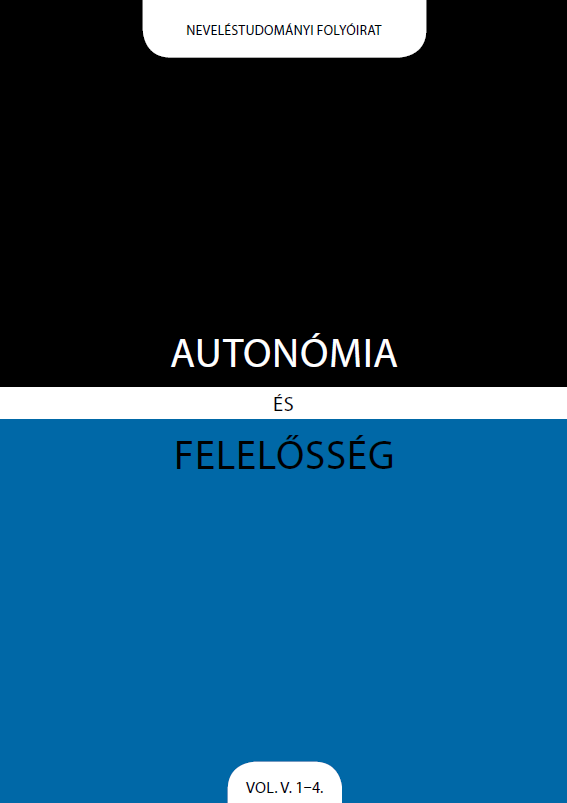Félreértett Gamifikáció?
DOI:
https://doi.org/10.15170/AR.2020.5.1-4.4.Kulcsszavak:
gamifikáció, motiváció, oktatási módszer, interaktív tanulási környezet, oktatási stratégiákAbsztrakt
A gamifi káció (FROMANN, 2017), mint alternatív értékelési rendszer hódít egyre nagyobb teret napjaink magyar oktatási trendjeiben. A játékfejlesztés felől érkező módszer a nemzetközi oktatási rendszerekben már bevett opcionális gyakorlat (KAPP, 2012; SHELDON, 2012), azonban Magyarországon újszerűen hat. A pedagógiai gyakorlatban uralkodó tévhitek és fogalmi
zavar indokolttá teszi a gamifi káció fogalmának, valamint hazai pedagógiai gyakorlatának közelebbi vizsgálatát. Jelen tanulmány célja, hogy tisztázza a gamifi káció fogalmát, elemeit és kritériumait, ezzel elősegítse egy megalapozottabb neveléstudományi diskurzus kialakítását a gamifi káció módszeréről és annak pedagógiai célú felhasználásáról. Tanulmányomban áttekintést
nyújtok a gamifikáció fogalmának diskurzusáról, annak magyar vonatkozásairól, kitérek a magyar pedagógiai gyakorlatban megvalósult egyes gamifi kációs modellek elemzésére a Bunchball-modell alapján (BUNCHBALL, 2010), különös tekintettel Prievara tibor rendszerére (PRIEVARA, 2015). Mindezek mellett pedagógiai és pszichológiai szerzők műveire alapozva felvetem a történet, mint játékmechanikai elem gamifi kációban történő alkalmazásának lehetőségét, majd nemzetközi és magyar szerzők munkáin keresztül mutatom be a gamifi kációval kapcsolatosan felmerült kritikai kérdéseket.
Letöltések
Downloads
Megjelent
Hogyan kell idézni
Folyóirat szám
Rovat
License

This work is licensed under a Creative Commons Attribution-NonCommercial-NoDerivatives 4.0 International License.



